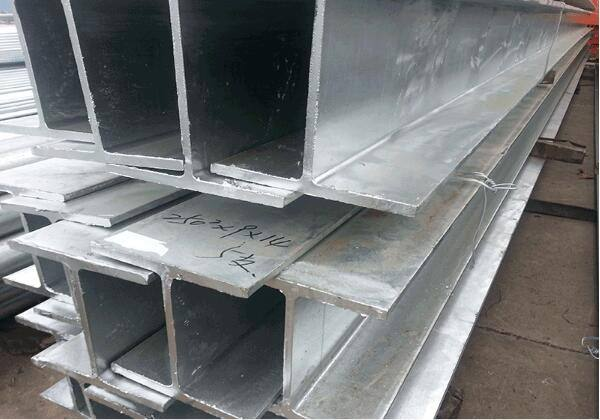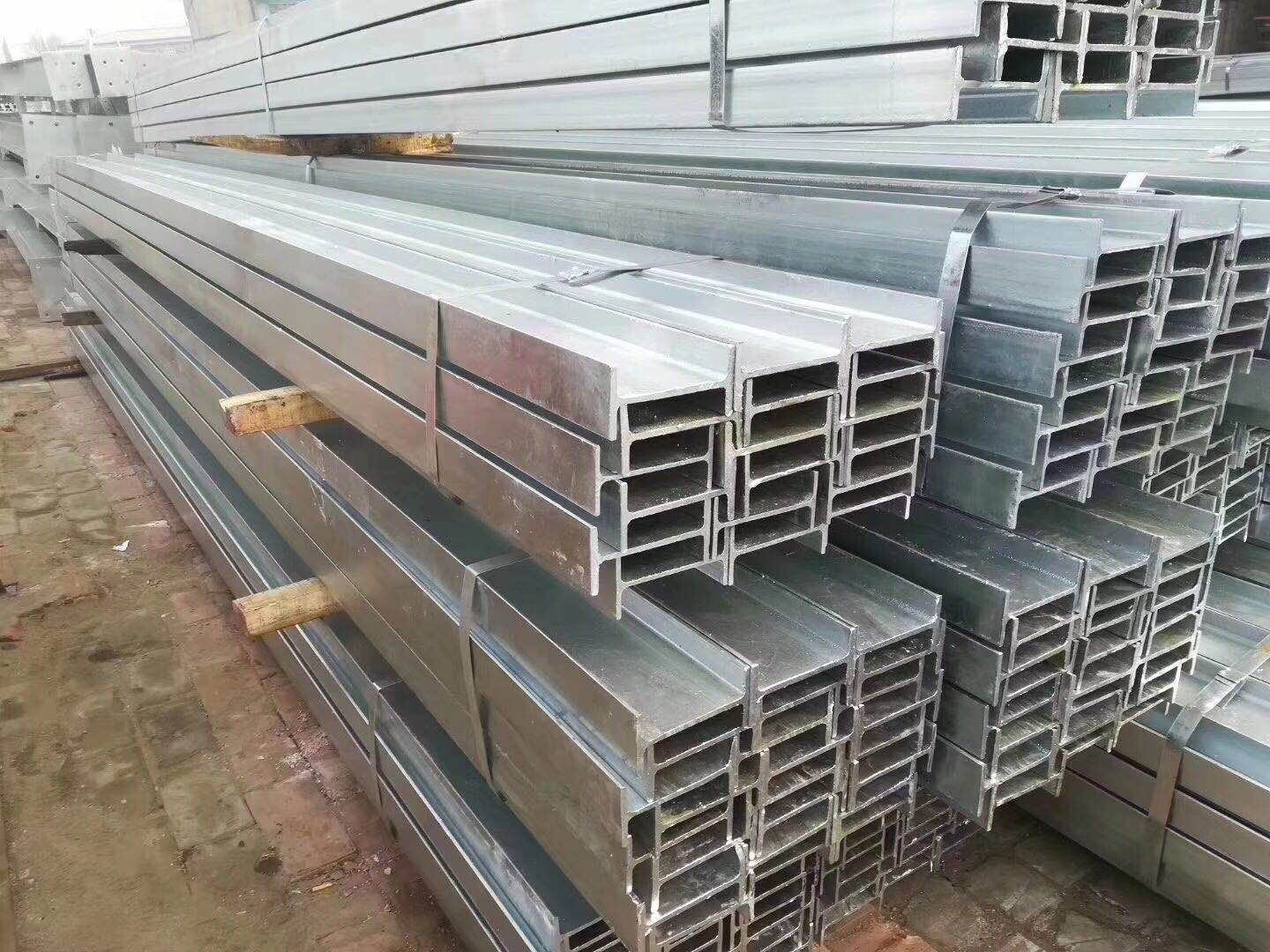-
 Call Now ! +86 13390692151
Call Now ! +86 13390692151 -
 Email Now sale@kfqizhongji.com
Email Now sale@kfqizhongji.com



Hot dipped galvanized steel H beam is a kind of steel formed by hot rolling process. Its cross-section shape is H-shaped and consists of web plate and flange plate.
Hot dipped galvanized steel H beam is a kind of steel formed by hot rolling process. Its cross-section shape is H-shaped and consists of web plate and flange plate. During the hot rolling process, steel is heated and rolled at high temperatures to form steel with better strength and toughness. In order to improve the corrosion resistance of steel, hot-dip galvanizing is usually used. Hot-dip galvanizing is to immerse steel in molten zinc liquid, causing a chemical reaction between zinc and the surface of the steel to form a zinc-iron alloy layer, thereby preventing corrosion.

Hot rolling process
Hot rolling process is the main forming process of hot dipped galvanized steel H beam. Its production process includes three stages: heating, rolling and cooling. In the heating stage, the steel is heated to a high temperature to give it a certain plasticity; in the rolling stage, the steel is rolled multiple times through the rolling mill to form an H-shaped cross-section; in the cooling stage, the steel is cooled by air or water to make it It reaches room temperature and maintains a stable shape.
Hot dip galvanizing process
The hot-dip galvanizing process is an important anti-corrosion treatment process for hot dipped galvanized steel H beam. Its production process includes three stages: pretreatment, galvanizing and post-treatment. In the pretreatment stage, the steel surface undergoes rust removal, cleaning and other treatments to ensure a good combination of the zinc layer and the steel surface; in the galvanizing stage, the steel is immersed in the molten zinc liquid, causing a chemical reaction between the zinc and the steel surface to form zinc Iron alloy layer; in the post-processing stage, the galvanized steel is cooled, passivated, etc. to improve the corrosion resistance of the zinc layer.
Features
● After hot-dip galvanizing, a layer of zinc-iron alloy is formed on the surface of the steel, which can effectively resist corrosive media in the atmosphere, water, soil and other environments, and improve the service life of the steel.
● It has good strength and toughness, can withstand large loads and deformations, and is suitable for various complex engineering structures.
● The cross-section shape is regular and the dimensional accuracy is high, making it easy to process, install and transport.
● The hot-dip galvanizing process has lower energy consumption and emissions and meets environmental protection requirements.

Scenes to be used
● Construction field: steel structure frames, beams, columns, purlins and other building components to improve the building's load-bearing capacity and seismic performance.
● Bridge field: Construction of bridge structures such as highway bridges, railway bridges, urban overpasses, etc., to withstand the load and deformation of the bridge.
● Road field: paving highways, urban roads and other pavements to improve the load-bearing capacity and durability of the pavement.
● Machinery field: Manufacturing of various mechanical equipment, such as cranes, excavators, loaders, etc., to improve the stability and reliability of the equipment.